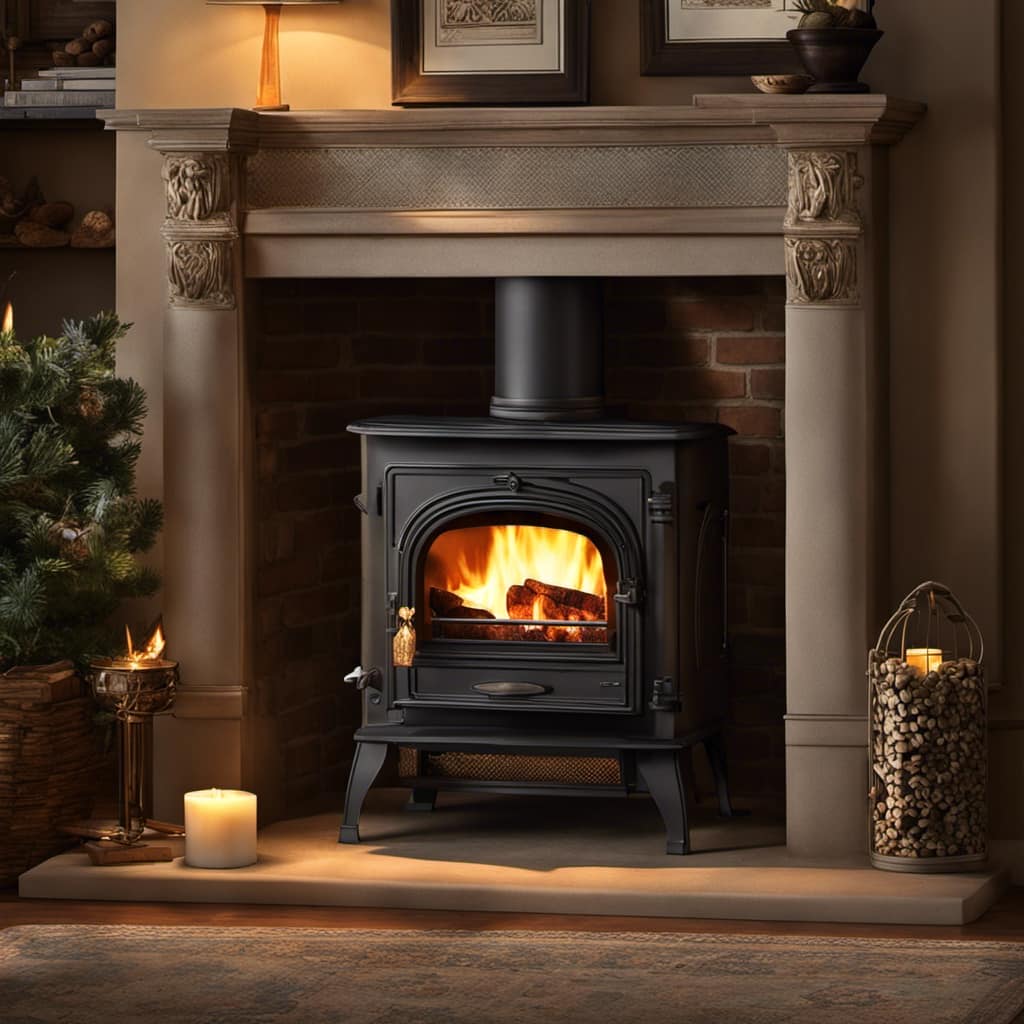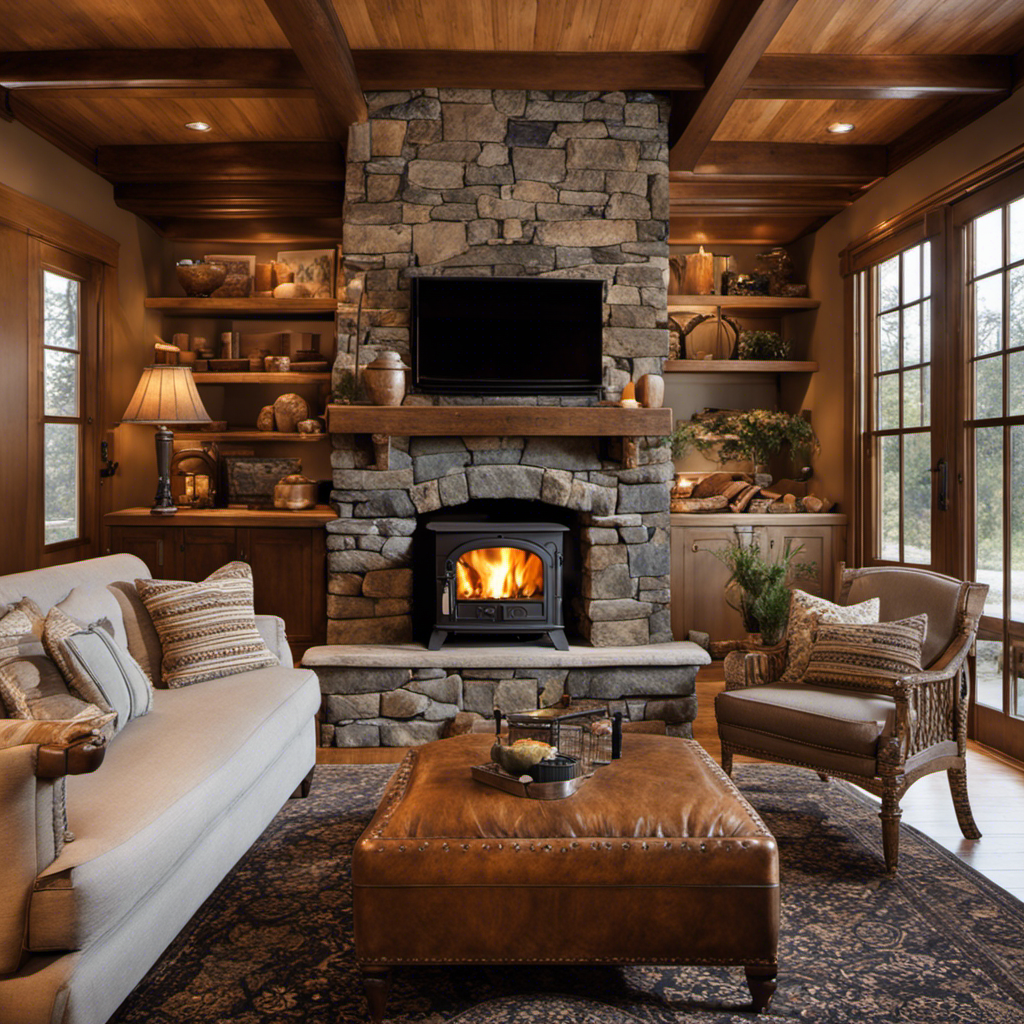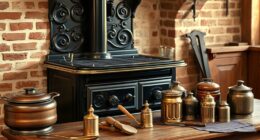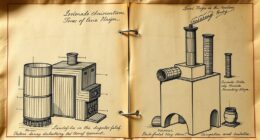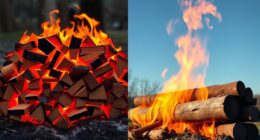I have found the perfect guide to mastering the ‘Better’N Ben’s Wood Stove for all wood stove enthusiasts.
From initial setup to controlling heat output, this article will walk you through every step with precision and expertise.
So grab a cozy seat by the fire and get ready to learn how to load the wood, adjust the airflow, and achieve the perfect burn.
With these tips and tricks, you’ll be a wood stove pro in no time.
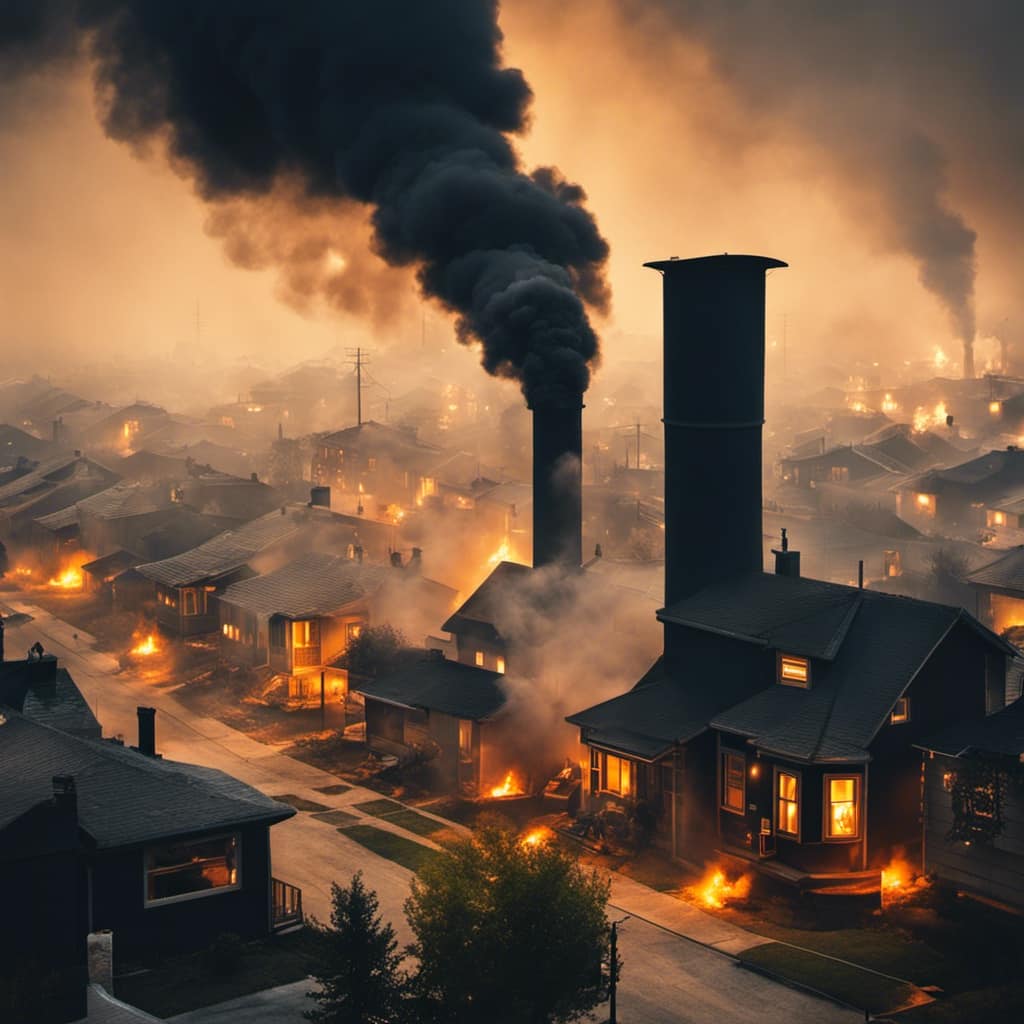
Key Takeaways
- Proper setup and maintenance of the chimney and flue are essential for safe and efficient use of the wood stove.
- Using dry and seasoned firewood, arranging logs for proper airflow, and adjusting the airflow control are important for achieving a proper burn.
- Lighting the fire correctly, adjusting the damper, and troubleshooting smoke issues are necessary for achieving and maintaining a proper burn.
- Controlling the heat output, choosing the right type of wood, and regularly cleaning the stove and chimney are important for long-term use and efficiency.
Initial Setup and Safety Precautions
I always make sure to follow the initial setup and safety precautions before using Better’n Ben’s wood stove. One of the first things I do is to set up the chimney and flue properly. This involves making sure that the chimney is clear of any debris or obstructions and that it’s securely attached to the stove. I also check the flue to ensure that it’s open and functioning correctly. Another important step is choosing the right wood for burning. I make sure to use seasoned hardwood as it burns more efficiently and produces less smoke. It’s important to avoid using green or softwood as it can cause excessive creosote buildup and increase the risk of chimney fires. By following these steps, I can ensure a safe and efficient wood burning experience.
Now, let’s move on to loading the wood and adjusting the airflow.
Loading the Wood and Adjusting the Airflow
When loading the firewood, I adjust the airflow to ensure proper combustion.
It’s essential to have a good supply of dry and seasoned firewood for efficient and clean burning in the wood stove. Proper wood storage is vital to maintain the quality of the firewood. It should be stored in a dry and well-ventilated area, preferably off the ground to prevent moisture absorption.
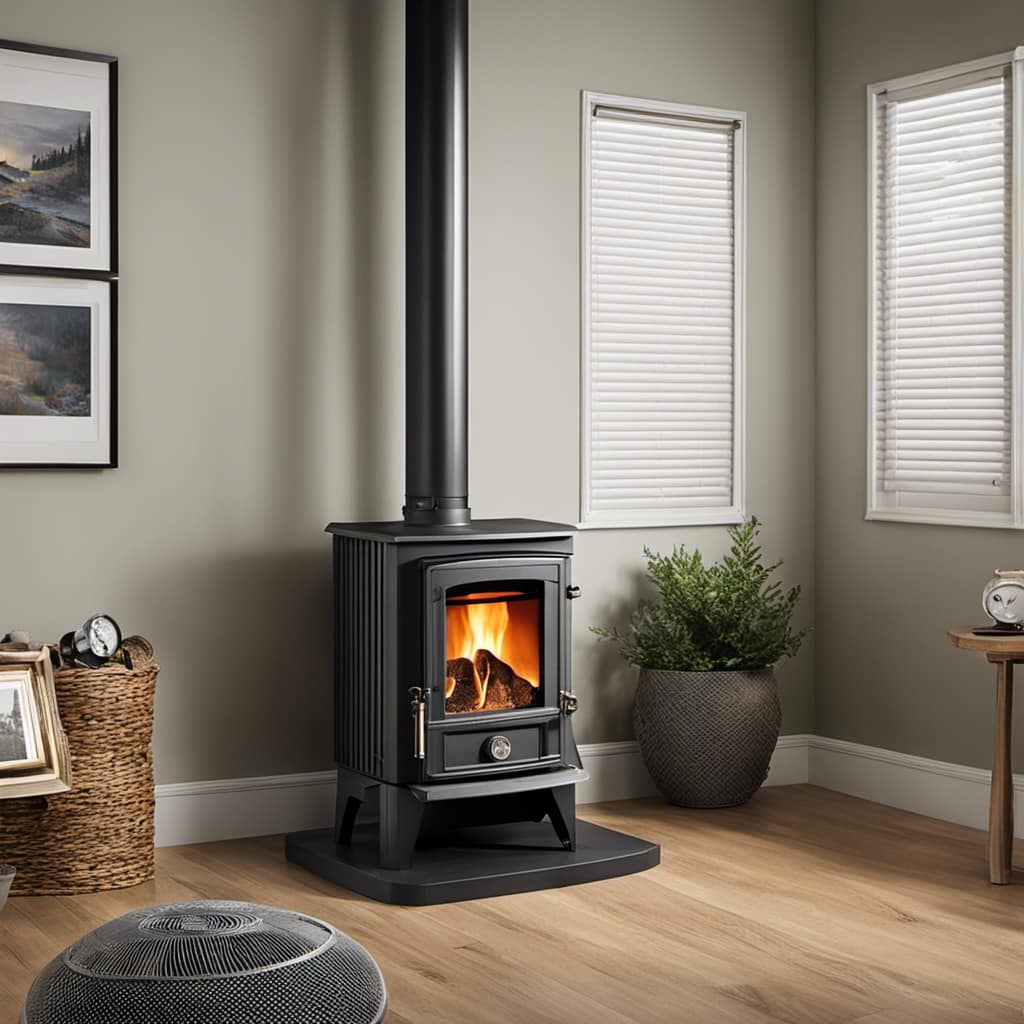
When it comes to loading the wood into the stove, it’s essential to arrange the logs in a way that allows sufficient air circulation for complete combustion. I make sure not to overload the stove, as this can restrict airflow and lead to inefficient burning and excess smoke.
Lighting the Fire and Achieving a Proper Burn
To achieve a proper burn, it’s important to ensure that the fire is lit evenly and that the flames are allowed to spread naturally throughout the wood. This won’t only maximize efficiency but also reduce smoke emissions. Here are some tips for troubleshooting common issues and achieving the best burn possible in your wood stove.
Firstly, make sure to use dry and seasoned wood. Wet or green wood can lead to a smoky fire and inefficient burning. Additionally, stack the wood properly, allowing for good airflow and ensuring that the flames can reach all parts of the wood.
Next, open the damper fully when starting the fire to allow for sufficient oxygen supply. Once the fire is established, you can adjust the damper to control the burn rate and temperature.
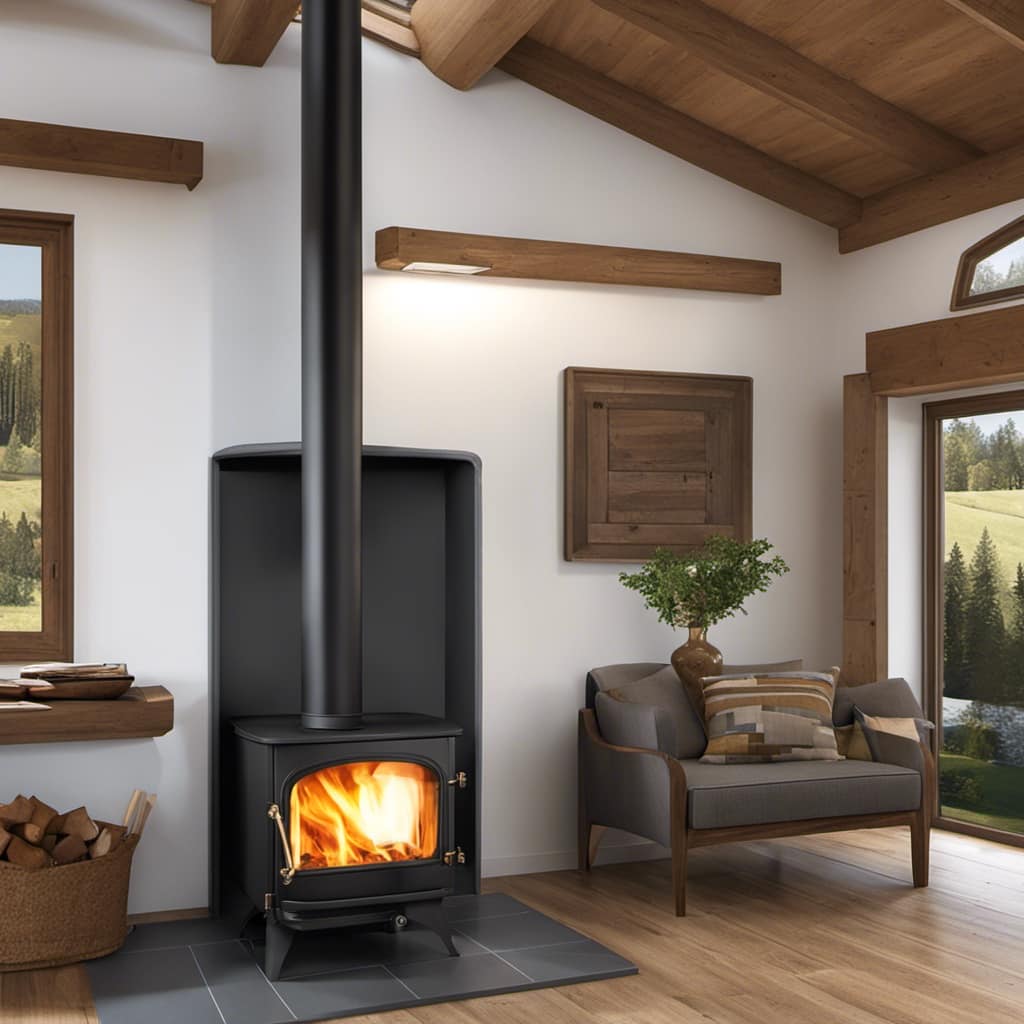
If you encounter problems with smoke coming back into the room, check that the chimney isn’t blocked and that the damper is fully open. You may also need to clean the chimney regularly to prevent buildup.
Controlling the Heat Output and Maintaining the Fire
Controlling the heat output in my wood stove is essential for maintaining a consistent and comfortable temperature in my home. To achieve this, proper firewood selection is crucial. I always choose dry hardwoods like oak or maple, as they burn cleaner and produce more heat.
Softwoods like pine should be avoided as they burn quickly and create excessive creosote buildup. Troubleshooting common issues can help maintain optimal heat output. If the fire is too hot, I adjust the air intake by closing the damper slightly. Conversely, if the fire isn’t producing enough heat, I open the damper to allow more air in.
Regular cleaning of the stove and chimney also prevents airflow blockages and ensures efficient heat distribution.
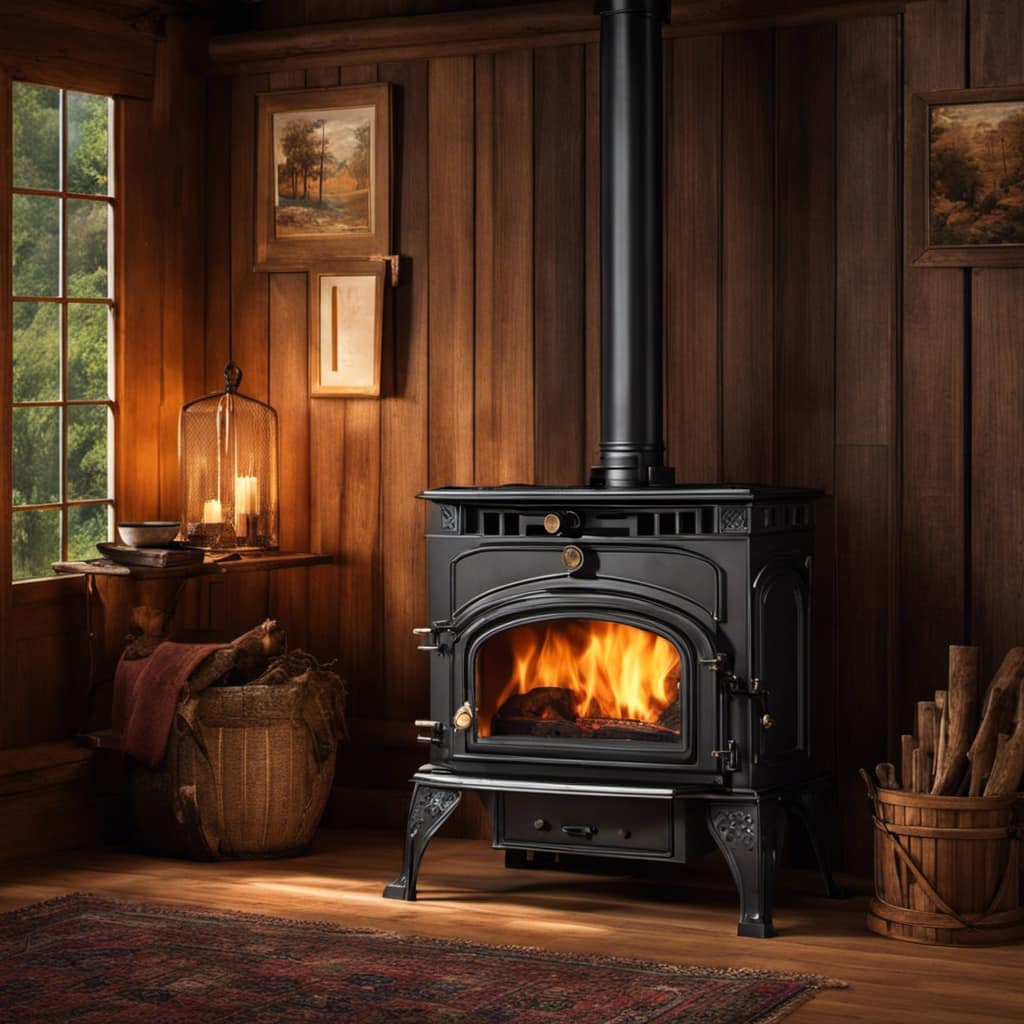
Cleaning and Maintenance Tips for Long-Term Use
For long-term use, it’s important to regularly clean and maintain my wood stove to ensure optimal performance and efficiency. A proper maintenance schedule will help prevent common issues and extend the lifespan of the stove.
Here are some essential cleaning and maintenance tips:
- Clean the chimney and flue regularly to remove soot and creosote buildup, which can lead to chimney fires.
- Check and replace gaskets as needed to maintain a tight seal and prevent smoke leaks.
- Inspect and clean the firebox, removing any ash or debris that can hinder airflow.
- Troubleshoot common issues like a weak draft or difficulty starting a fire by checking for obstructed air vents or excessive ash buildup.
Frequently Asked Questions
How Long Does It Take for the Wood Stove to Reach the Desired Temperature After Lighting the Fire?
It usually takes around 30 minutes for the wood stove to reach the desired temperature after lighting the fire. The time required can vary depending on factors like the type of wood and the size of the stove.
Can I Use Any Type of Wood in the Better’n Ben’s Wood Stove?
Yes, you can use different types of wood in Better’N Ben’s wood stove. It’s important to choose dry, seasoned wood and properly store it to ensure efficient and safe burning.
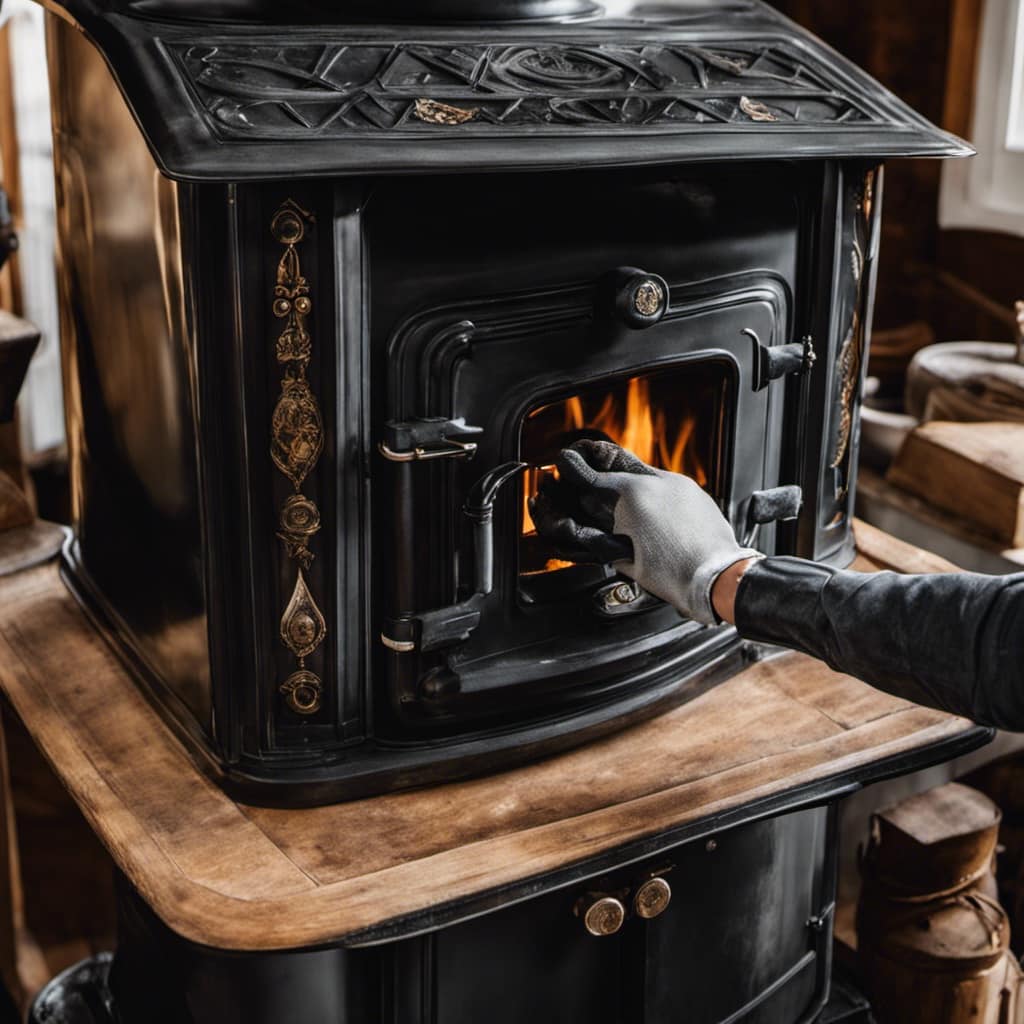
What Should I Do if I Notice a Strong Smell of Smoke While Using the Wood Stove?
If I notice a strong smell of smoke while using the wood stove, I would first check for any leaks or cracks in the stove or chimney. Proper ventilation and ensuring a good draft can also help prevent smoke odor in the house.
How Often Should I Clean the Chimney and Flue of the Wood Stove?
I clean my wood stove’s chimney and flue at least once a year. Regular maintenance is important to prevent buildup and reduce the risk of chimney fires. It ensures the stove operates efficiently and safely.
Are There Any Specific Safety Precautions I Should Take When Using the Wood Stove in a Small, Enclosed Space?
When using a wood stove in a small, enclosed space, it’s important to take safety precautions. Proper ventilation is crucial to prevent carbon monoxide buildup. Keep windows cracked open and install a carbon monoxide detector for added safety.
Can a Better’N Ben’S Wood Stove be used with a homemade hearth pad?
Yes, a Better’N Ben’S Wood Stove can be used with a homemade hearth pad. It is important to ensure that the hearth pad meets the required safety standards and is made of suitable materials. Hearth pads for wood stoves provide protection for your floors and help prevent heat transfer.
Conclusion
In conclusion, using a wood stove like Better’n Ben’s isn’t only a practical choice for heating your home, but it also provides a cozy and comforting atmosphere.
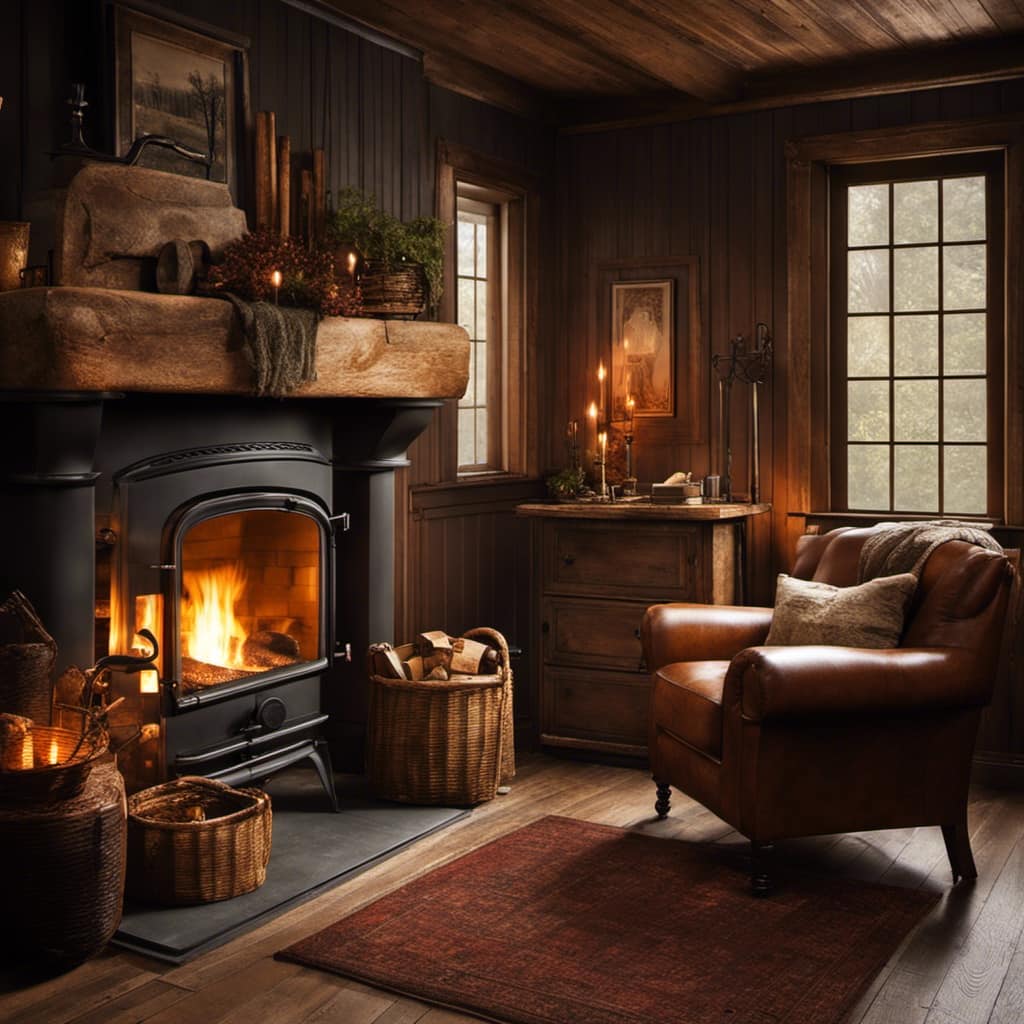
As you sit by the warm glow of the fire, surrounded by the crackling sound of burning wood, you can’t help but feel a sense of nostalgia and connection to nature.
So, embrace the simplicity and beauty of using a wood stove, and enjoy the warmth it brings to your life.
Growing up surrounded by the vast beauty of nature, Sierra was always drawn to the call of the wild. While others sought the comfort of the familiar, she ventured out, embracing the unpredictable and finding stories in the heartbeat of nature.
At the epicenter of every remarkable venture lies a dynamic team—a fusion of diverse talents, visions, and passions. The essence of Best Small Wood Stoves is crafted and refined by such a trio: Sierra, Logan, and Terra. Their collective expertise has transformed the platform into a leading authority on small wood stoves, radiating warmth and knowledge in equal measure.

